How do you help students who claim they have nothing to read? Thanks to 7th grade teacher Amber McMath for this guest post, sharing the strategies she uses to ensure that students always have ideas for titles to read next!
I need to go to the bathroom.
That sound outside is annoying.
My dog ate my book.
She’s bothering me.
It’s hot in here.
My desk smells funny.
You didn’t change the date on the board.
We’ve. Heard. It. All. How exhausting this job of human bulldozer is: knocking down the menial barriers our students erect the second we say, “Get your books out. It’s time to read.” Whether intentionally or not, many of our students snap into excuse mode during independent reading.
While there’s not much we can do about the sounds and smells and dog appetites, there is something we can do about Excuse #1: I don’t have anything to read. When reading teachers hear that, it’s like shining the bat signal! “Did someone just say they don’t have anything to read?” We hop into a payphone booth and pop out as superheroes ready to battle.
The classroom and school libraries beg to differ when a student utters such an excuse. However, nothing to read may be their reality if I haven’t done my job. I am a gatekeeper. I am an influencer. I am an educator of choice.
It reminds me of my latest interaction at the deli. I needed some cheese for a recipe I was making for dinner, but I couldn’t remember what kind it called for. I didn’t have much hope in the young boy behind the counter, but upon mentioning the other ingredients in the recipe he began to educate me on my options. I couldn’t believe how knowledgeable this kid was about cheese!
Books are our cheese! But we need help in building our students’ What To Read Next lists. We can’t do all the work, or at least we shouldn’t be the ones doing all the work. At the beginning of the year, we drown them in book talks. We shove books in their faces. We read a chapter here, a chapter there, all the while exposing them to all the genres and styles we can.
When we put the book list building in their hands, we create opportunities for students to eliminate the foreboding, “I have nothing to read,” excuse. A classroom where there is little room for excuses is empowering. Being able to finish—or even abandon—a book and have a handful of ideas of what to read next empowers students to own their reading identity.
Stations are a handy one or two day lesson plan for successfully getting books on those lists. Here are a few to consider. As students travel in small groups to each, they have their personal logs to write down titles of prospective books.
Book Trailers:
Students can use a device and headphones to watch book trailers. These two sites have several to choose from.
http://www.slimekids.com/book-trailers/letter-a/
http://www.booktrailersforreaders.com/home
Interest Inventory:
I wait until this lesson, rather than the first few days of school, to gather an interest inventory from students. It can be done through a Google Form or on paper. I tell students this inventory will help inform the decisions I make regarding what books will be added to our library this year. I also have them keep it in their reading notebook. When they say, “I really don’t know what to read,” we’ll pull this out as a starting place. “Well, you like cheerleading. Why don’t you start this series of books about vampire cheerleaders?”
Your Next Read:
This brilliant website Your Next Read helps students choose what book they should read next based on a book they liked. Asking a student, “What’s the last book you read that you liked?” is oftentimes ground zero. Even if they can’t think of anything except Charlotte’s Web in 3rd grade, we can roll with that. What did you like about Charlotte’s Web? The characters, the flow, how it made you feel, the setting? And go from there. Also on this website, users can click the “Children” tab (then middle or upper grades) and get some recommendations to start with if they truly have no book they can recall liking.
Lit Circle Survey:
Bonding over books happens when we delve into lit circles. Hopefully your site has several titles with multiple copies. Our librarian houses our “class sets” in a backroom of the library. Students love this station because it means leaving the classroom! They head back to the store room to preview books they might get to read with their friends in a Lit Circle later in the semester. They log their top picks on a different form, so I can compile results for choosing lit circle selections.
Booksource Browsing:
The Booksource website is perfect for browsing using the Shop Collections option. Students click through pages of lists and narrow their searches. The descriptions and recommendations help them pick just the right ones for their list.
Top 10 Shelf:
I pick the top 20-30 books from my classroom library based on the previous year’s circulation. (If you don’t have a classroom library, this could be done in the school library.) I ask students to work together in their group to choose the top ten books and rank them one to ten on the shelf. This forces them to read the back, flip through, discuss, debate, and decide. Then they can log any they would like to read.
About the Author:
 Amber McMath gets a little crazier each day she spends with her seventh grade readers and writers in Owasso, OK. She is kept sane by her loving husband and adorable son. Before serving in Oklahoma she taught in Mali, West Africa. You can find a whole slew of stuff she shares for language arts teachers at www.imthatteacher.com. Follow her on twitter @mrsmcreading.
Amber McMath gets a little crazier each day she spends with her seventh grade readers and writers in Owasso, OK. She is kept sane by her loving husband and adorable son. Before serving in Oklahoma she taught in Mali, West Africa. You can find a whole slew of stuff she shares for language arts teachers at www.imthatteacher.com. Follow her on twitter @mrsmcreading.


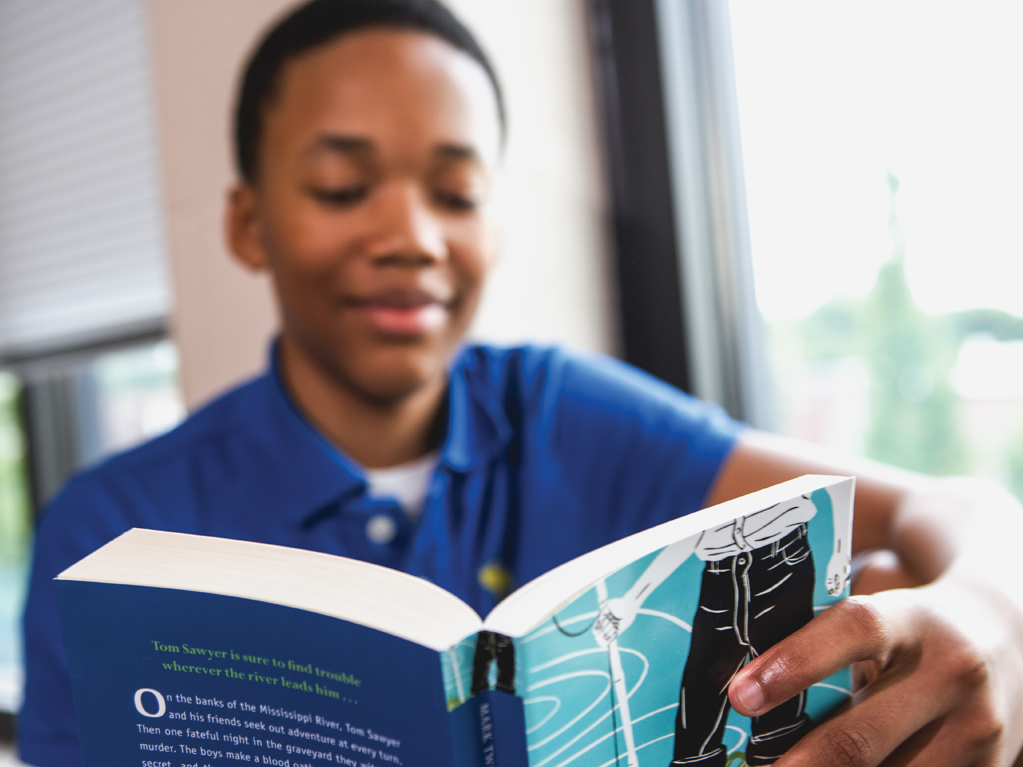
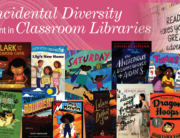
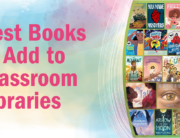
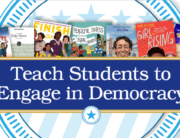
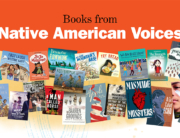
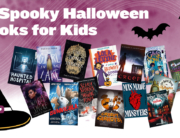
Leave A Comment